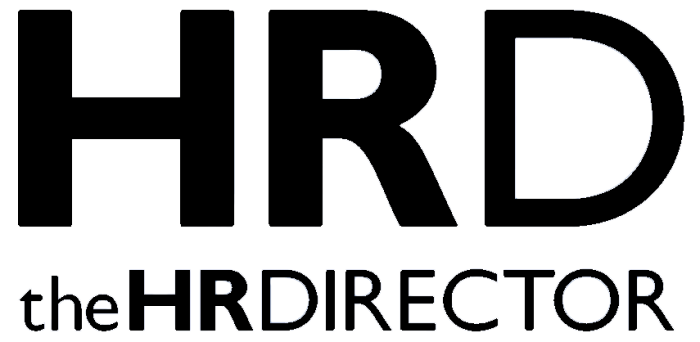The issue of the gender imbalance in the business world has long been at the forefront of diversity strategies for organisations of all shapes and sizes. There’s absolutely no doubt that in recent years the conversation has moved from debate to action – albeit small in some instances. However, while this may be the case, I’m sure that no one is in doubt that there is still room for improvement in terms of equality for women – and the best way to ascertain what needs to be done now is to look at just how much progress has already been made.
Tracking trends
As the trade body for the professional staffing sector, driving excellence in hiring practices is what we do at APSCo, and that includes keeping the diversity agenda front-of-mind. Inclusive workforces benefit everyone and doing what we can as business leaders to support the creation of more diverse workplaces is simply the right thing to do. What we would argue, though, is that it is those involved in the hiring process need to lead by example. Within a company, HR teams will naturally be working with line and hiring managers to drive the diversity agenda. Understandably, you would also expect any external partners to follow suit. If we’re to truly achieve a balance of genders, then the recruitment businesses that are sourcing candidates need to be equally as diverse as the companies they are recruiting for.
Women in Recruitment is an APSCo initiative, designed to support female professionals to further their careers in the staffing sector. As part of this, we regularly review the make-up of the workforce to identify where improvements can potentially be made. The latest Women in Recruitment benchmarking report showed some encouraging trends, with a slight uptick in female representation. But when we compare where we are today with the gender imbalance five years ago, changes aren’t perhaps as developed as general conversations in the HR field suggest.
Creating an inclusive environment
When we surveyed the recruitment sector in 2015, there was a clear trend of a more male dominated profession. In particular, there was a general feeling that the workplace wasn’t as geared towards females as it was males. When asked what factors would encourage respondents to continue in their career with their current employer, most of the answers centred around what was arguably female-centric support. The three main factors cited were; more flexible working (63%), opportunities to participate in career development programmes (57%) and more recognition (56%).
Encouragingly, we can see from the 2020 statistics that some steps have been made to address this, with over 80% of recruitment firms revealing they now offer some form of flexible working arrangements, whether that’s remote working, part-time and flexible hours, or job shares. Of course, with Covid-19 changing the world of work, we certainly expect to see this number increase by the time we carry out our next survey.
An equal footing at all levels
The impact that this increased flexibility of working has had on the gender balance is certainly notable. In our 2020 survey we can see that well over two thirds of recruitment businesses (70%) have more than 50% female representation at support staff level and two-fifths have more than 50% at recruitment or resourcer level. However, when we look at more senior roles, this drops to just under a third (29%) for leadership teams and just over a quarter (26%) for board level.
Almost a third (30%) of respondents stated that their business has less than 5% female representation at board level and another third (32%) put this figure between 21 – 50%.
Clearly there’s less of a challenge encouraging women to work in this male dominated environment, but keeping them in a business isn’t as simple. This imbalance isn’t just a problem in the recruitment world and is, in fact, also reflected across the general business environment. According to recent data from the Office of National Statistics (ONS), female employment has risen. The statistics show that as a proportion of the population, over 70% of women aged 16-64 are in employment – in 1971 this was just 50%. But the problem still appears to be the gap at leadership level; of the UK’s top 100 firms, there are only six female CEOs in employment.
It’s clear, then, that the balance of women and men in senior positions still needs to be addressed, but how? When we look at the data from the Women In Recruitment 2020 survey, I’d say the main concern that stands out is that just 26% of respondents have an initiative aimed at retaining female staff in their company.
If we’re not taking action to retain women in our businesses, then not only are companies failing to build truly diverse workforces, but I’d also argue that all of the hard work that’s been put into attracting more women is going to waste if they’re not able to work their way up the ladder. In fact, if we look at the results of the 2015 survey, it would appear that very little progress has been made on this issue of retention. Five years ago, when asked how easy it was to retain both male and female talent (on a scale of 1 to 10 where 1 = impossible and 10= easy), almost two thirds scored their business 7 or above for retaining men, but this dropped to just over half of respondents scoring the same for women.
Driving female retention schemes
What we clearly need is a replication of efforts across both attracting and retaining female talent. When we consider that taking steps to address just one of the barriers to retain women five years ago (flexible working) drove noticeable change, it obviously follows on that taking steps to address the other retention issues will drive positive change. With career development second on the list of priorities for female employees, offering initiatives such as mentoring programmes can certainly be beneficial. We know through the Women In Recruitment initiative that having a mentor can really help female professionals progress in their career quickly, and we’d certainly encourage more businesses to drive these schemes in their own company.
As more companies face adapting to the new normality that we’re facing, now truly is the time for those in the hiring and talent management field to push through the changes that they’ve long argued the business case for. At APSCo, we won’t be taking our foot off the diversity accelerator, and we will do everything we can to ensure that the staffing sctor leads by example.







